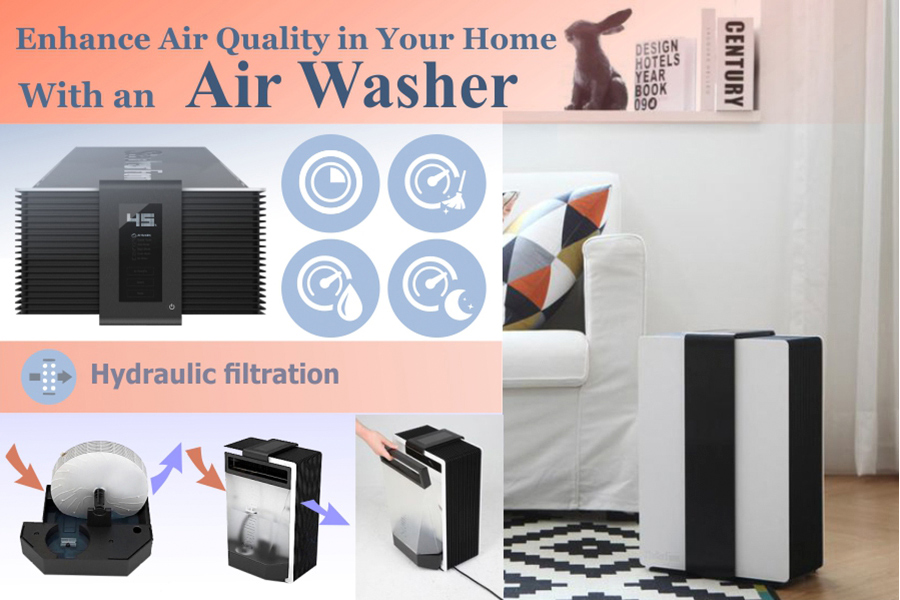The Ultimate Guide To Understanding Warmth Pumps - Just How Do They Work?
The Ultimate Guide To Understanding Warmth Pumps - Just How Do They Work?
Blog Article
Written By-Neergaard Singer
The very best heatpump can conserve you considerable amounts of money on energy expenses. They can additionally help reduce greenhouse gas exhausts, specifically if you utilize electricity in place of nonrenewable fuel sources like gas and heating oil or electric-resistance heaters.
Heatpump work very much the same as a/c do. heat pump installer christchurch makes them a feasible choice to traditional electrical home heating unit.
How https://hhcthug.w3spaces.com/dc-installation-services.html down homes in the summer season and, with a little help from electrical energy or gas, they supply a few of your home's home heating in the winter. see this website 're an excellent alternative for individuals that wish to reduce their use of fossil fuels yet aren't prepared to change their existing furnace and air conditioning system.
They rely upon the physical fact that also in air that seems too cool, there's still power existing: warm air is always moving, and it intends to relocate into cooler, lower-pressure atmospheres like your home.
The majority of power celebrity licensed heatpump run at near to their heating or cooling ability throughout the majority of the year, reducing on/off cycling and saving energy. For the best performance, concentrate on systems with a high SEER and HSPF ranking.
The Compressor
The heart of the heatpump is the compressor, which is additionally known as an air compressor. This mechanical moving tool utilizes potential power from power production to enhance the pressure of a gas by lowering its volume. It is various from a pump because it just deals with gases and can not collaborate with fluids, as pumps do.
Atmospheric air gets in the compressor with an inlet valve. It travels around vane-mounted arms with self-adjusting length that separate the inside of the compressor, producing multiple cavities of differing size. The blades's spin forces these tooth cavities to move in and out of stage with each other, compressing the air.
The compressor attracts the low-temperature, high-pressure cooling agent vapor from the evaporator and presses it into the hot, pressurized state of a gas. This process is duplicated as needed to provide heating or cooling as needed. The compressor additionally contains a desuperheater coil that reuses the waste warmth and adds superheat to the cooling agent, transforming it from its fluid to vapor state.
The Evaporator
The evaporator in heat pumps does the exact same point as it performs in fridges and a/c unit, altering liquid cooling agent into an aeriform vapor that eliminates warm from the area. Heat pump systems would certainly not work without this vital tool.
This part of the system lies inside your home or building in an interior air handler, which can be either a ducted or ductless unit. It contains an evaporator coil and the compressor that presses the low-pressure vapor from the evaporator to high pressure gas.
Heat pumps absorb ambient warmth from the air, and after that make use of electrical power to move that heat to a home or company in heating mode. That makes them a whole lot extra power effective than electric heating units or heaters, and due to the fact that they're utilizing tidy electrical energy from the grid (and not shedding gas), they likewise generate much less exhausts. That's why heat pumps are such great ecological choices. (As well as a substantial reason that they're ending up being so preferred.).
The Thermostat.
Heat pumps are excellent alternatives for homes in cool climates, and you can utilize them in combination with standard duct-based systems or even go ductless. They're a great different to nonrenewable fuel source heating systems or traditional electric heaters, and they're extra lasting than oil, gas or nuclear HVAC tools.
Your thermostat is the most important part of your heatpump system, and it functions very in different ways than a standard thermostat. All mechanical thermostats (all non-electronic ones) work by using substances that change size with increasing temperature, like coiled bimetallic strips or the expanding wax in a vehicle radiator valve.
These strips contain 2 different types of metal, and they're bolted together to form a bridge that finishes an electric circuit linked to your a/c system. As the strip obtains warmer, one side of the bridge broadens faster than the various other, which creates it to bend and signify that the heating unit is required. When the heatpump is in heating setting, the reversing valve turns around the flow of refrigerant, to ensure that the outside coil now operates as an evaporator and the indoor cylinder becomes a condenser.